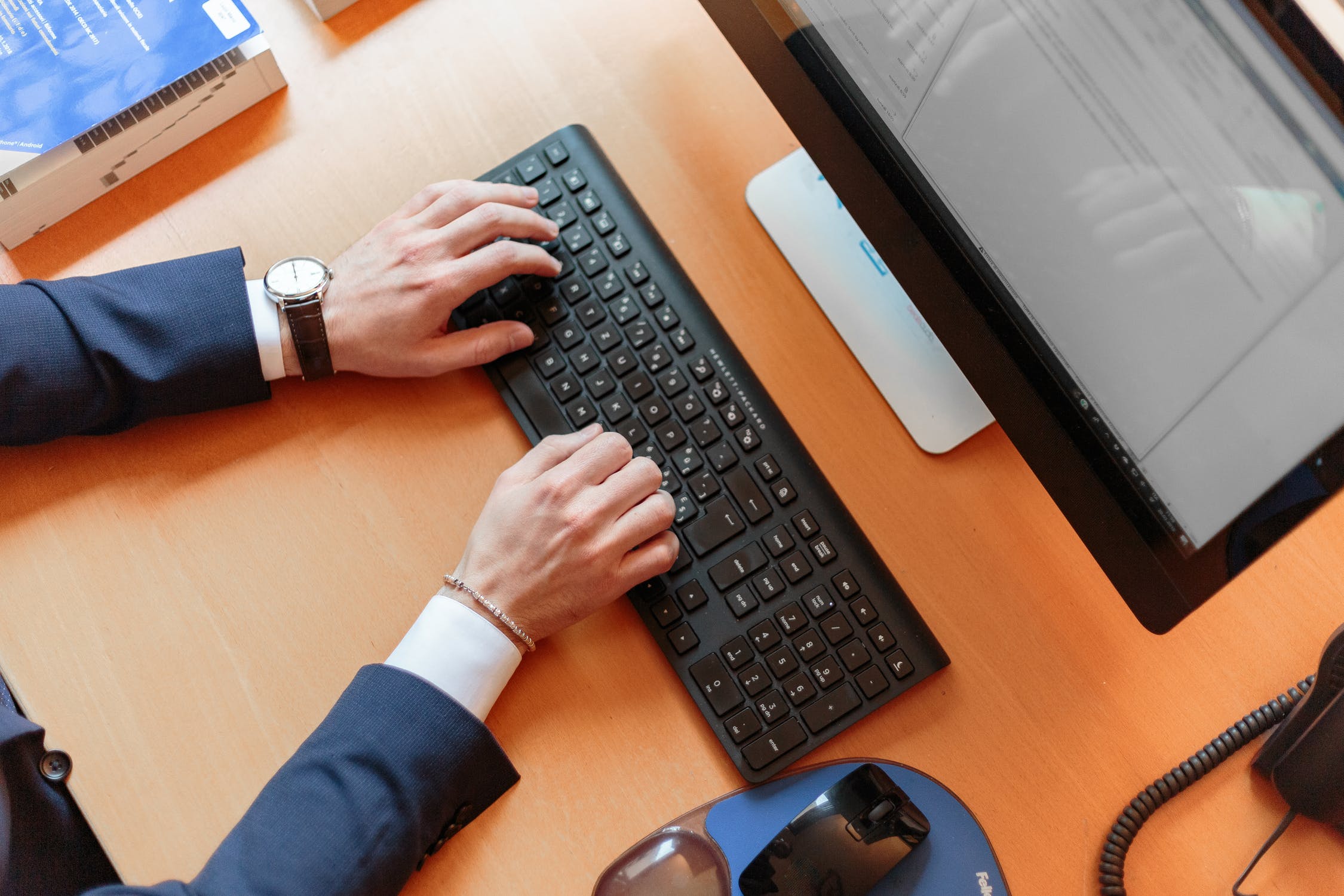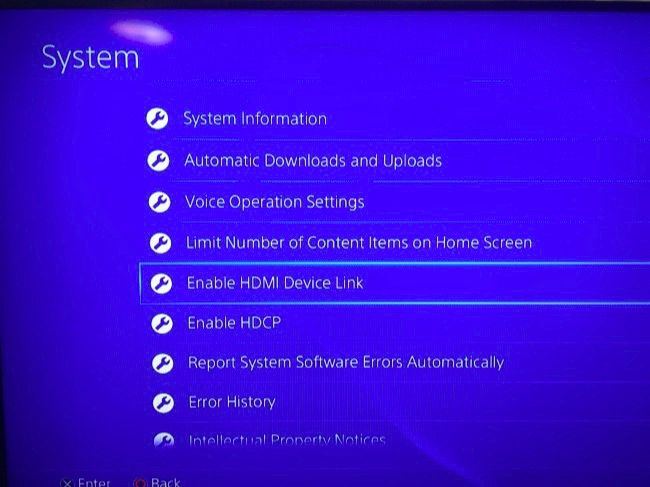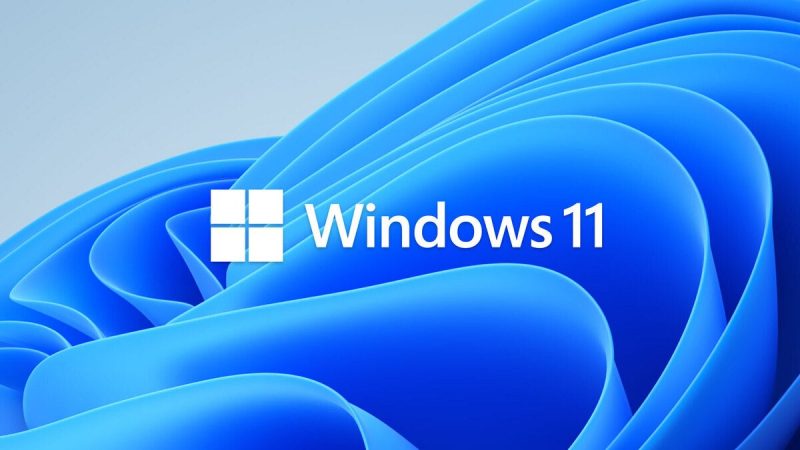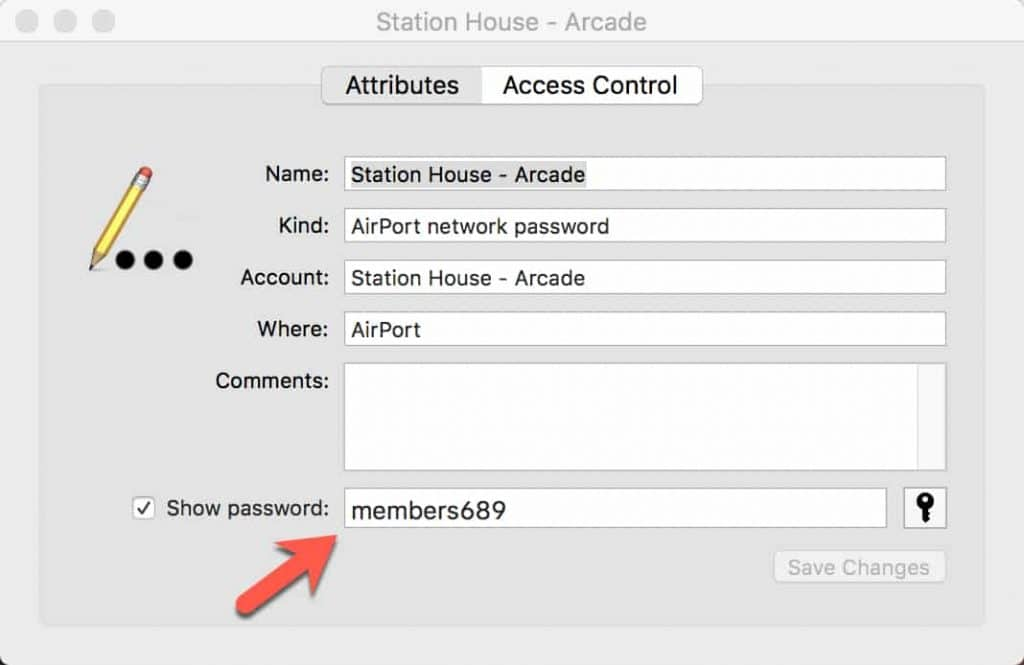Exiting the BIOS correctly is a fundamental skill for any computer enthusiast or technician. It’s an essential step when making changes to your system settings. Failure to exit properly can result in the loss of your configurations, which can be frustrating and time-consuming to reconfigure. In this comprehensive guide, we’ll walk you through the process of exiting BIOS on any computer, offering detailed insights into different BIOS modes, shortcut keys and troubleshooting tips.
Understanding the Importance of Properly Exiting BIOS
Before we dive into the specifics, let’s briefly discuss why exiting the BIOS correctly is vital. When you access the BIOS(Basic Input/Output System) of your computer, you gain access to critical settings that control how your hardware interacts with the software. These settings include boot order, CPU clock speeds, memory timings and more. Making changes to these settings can have a significant impact on your computer’s performance and functionality.
When you exit the BIOS, you have two primary options: “Save Changes and Exit” or “Discard Changes and Exit”. Choosing the former ensures that any modifications you made are saved and applied to your system. On the other hand, selecting the latter discards any changes, reverting your system to it’s previous state. Therefore, understanding how to exit BIOS properly is crucial to avoid unintended consequences.
Exiting BIOS: Step-by-Step Guide
Let’s dive into the step-by-step process of exiting the BIOS on any computer.
Navigate to the “Exit” Menu:
When you’re ready to leave the BIOS, head to the “Exit” menu. This menu typically offers two primary options: “Save Changes and Exit” or “Discard Changes and Exit”. The choice you make here determines whether your configuration changes are retained or discarded.
Utilize Shortcut Keys:
If navigating through BIOS menus seems cumbersome, consider using shortcut keys. These keys provide a convenient way to exit BIOS quickly. Pressing the F10 key allows you to save changes and exit, ensuring that any adjustments you made are applied. Conversely, pressing the Esc key allows you to exit without saving changes, reverting your system to it’s previous state. Importantly, these shortcut keys work seamlessly in both Advanced and EZ modes, making them handy shortcuts for all users.
Confirm Prompts:
Always be vigilant for any prompts that appear on your screen after making your exit selection. Confirming these prompts is the final step to complete the exit process, ensuring that your changes, if any, are saved or discarded as intended.
Determining Your BIOS Mode
The process of exiting BIOS may vary slightly depending on the interface mode of your BIOS, such as Advanced Mode or EZ Mode. Here’s how to identify your mode:
In Advanced Mode:
- Advanced Mode often places the exit option at the end of the menu bar on the top. Navigate to the Exit menu and choose “Save Changes and Exit” or “Discard Changes and Exit”. Some motherboards, like the MSI MAG B550M MORTAR and ASUS ROG STRIX B450-F, display changes made before exiting, aiding your decision.
- If you’re unsure about the changes made, it’s safer to select “Discard Changes and Exit”.
In EZ Mode:
- EZ Mode simplifies exiting BIOS. You’ll find the exit options on the BIOS startup screen, either at the top or bottom. Choose between “Save & Exit” or “Discard and Exit”, similar to Advanced Mode. Some motherboards, such as the ASRock Fatal1ty Z370, may even provide exit icons for easy selection.
Shortcut keys, F10 and Esc, work seamlessly in both modes to help you exit. However, note that some manufacturers may have exceptions, like the ASUS ROG STRIX B450-F, which may require entering Advanced Mode before using the Esc key.
Troubleshooting: Computer Repeatedly Enters BIOS
If your computer keeps entering the BIOS repeatedly, it can be frustrating. However, there’s a straightforward fix you can try:
Check Disk Drive Detection
First, check if your disk drive is detected in the BIOS. To do this, navigate to the Boot Sequence or Boot Priority section in the BIOS startup screen. If you don’t see your disk drive listed, the issue may be related to the partition style of your disk.
Enable CSM(Compatibility Support Module)
If you’re using a disk with an MBR(Master Boot Record) partition style in a UEFI(Unified Extensible Firmware Interface) system, you may encounter this problem. To resolve it, enable the Compatibility Support Module(CSM) in your BIOS settings. This feature makes MBR-partitioned drives compatible with UEFI systems.
To assist you further, we’ve prepared comprehensive guides for enabling CSM on ASRock, MSI, GIGABYTE and ASUS motherboards. Follow the instructions in the relevant guide to ensure your system recognizes your disk drive properly.
In summary, exiting BIOS correctly is essential for ensuring your system settings take effect or remain unchanged. Whether you’re in Advanced or EZ Mode, use the appropriate exit options or shortcut keys to complete the process. If you encounter issues with BIOS repeatedly entering, follow the troubleshooting steps provided to rectify the problem.
By mastering the art of exiting BIOS, you can confidently make configuration changes to optimize your computer’s performance and functionality. Always remember to save changes and exit BIOS after loading optimal defaults or resetting the BIOS.
Conclusion
Exiting the BIOS is a fundamental skill every computer user should possess. Whether you’re a seasoned technician or a casual user, knowing how to exit BIOS correctly can save you time and prevent unintended consequences. By following the steps outlined in this guide, you can confidently navigate your computer’s BIOS, make necessary changes and exit with ease.
For more in-depth information on BIOS and related topics, be sure to explore our other articles on this subject. Mastering BIOS is an essential part of optimizing your computer’s performance and ensuring a smooth computing experience.
Experiencing difficulties with your Device, check out our “How To” page on how to resolve some of these issues.








